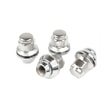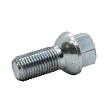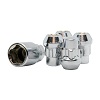Tire load index - the most important information


Tires feature numerous markings that define technical parameters that are crucial for maintaining our safety. One of these is the tire's load index. In this article, we'll try to explain the importance of this parameter in a relatively simple and understandable way for every layperson, so they can decide for themselves and choose the right tire for their vehicle. The price of the same tire model can vary by up to several hundred zlotys depending on its technical parameters. So why overpay?
Tire load index: what does it mean, what is it and where can we find this marking?
The load index defines the maximum weight a tire can bear while traveling at its maximum speed. It's represented by a two- or even three-digit number on the sidewall of the tire, just behind the tire diameter, designated with the letter R. Take, for example, 205/55 R16 91 H. The load capacity is defined by the number 91, and in this case, it's 615 kg per wheel. The load index is based on the vehicle's most heavily loaded axle. Information from the manufacturer's recommended tire dimensions, the vehicle's registration certificate, and the fields designated G and F2 will be helpful. G indicates the vehicle's curb weight, and F2 indicates the gross vehicle weight. Depending on the vehicle brand, the load index can be found on the fuel filler flap, door pillar, door recess, or simply in the owner's manual. The load index also depends on the wheel diameter; for example, it's different for 15-inch wheels and 18-inch wheels.
Load index table
Below are tables with load capacity indices converted to kilograms.
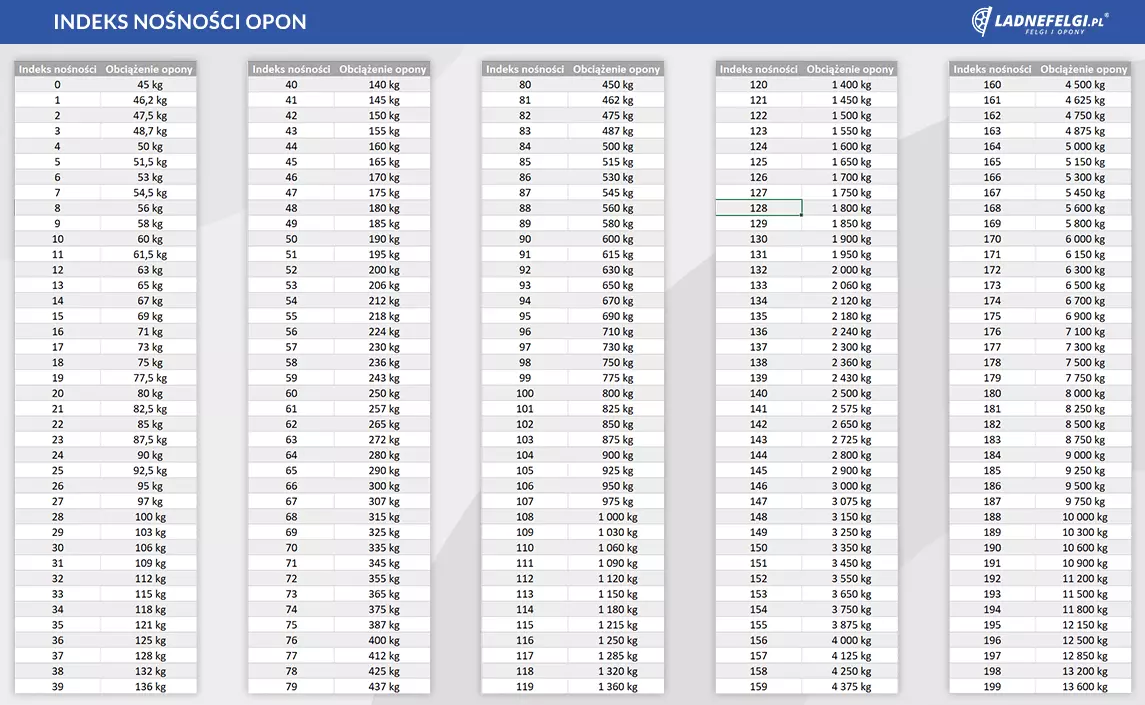

Using tires with different load indexes. How to choose? Impact on safety and comfort.
The load capacity of tires should be the same on all wheels . Why? For example, rubber with a higher index has a slightly different construction or additional layers, making it stiffer and resulting in different driving characteristics. Tires on the front axle will behave differently than those on the rear, which can result in the vehicle's inability to predict its behavior in exceptional situations. This directly impacts our safety and that of other road users, as well as travel comfort . The situation is slightly different for cars with different tire widths. In these cases, the load-capacity indexes will vary between axles because the tires differ in width and profile.
It's worth remembering that legal regulations prohibit the use of a lower index than the one designated by the vehicle manufacturer, but interestingly, they don't prohibit the use of a higher one. It's easy to make a mistake when purchasing based solely on price. For example, the same dimensions, the same manufacturer, and the same tire model can have different prices depending on their load capacity. A lower load and speed index will result in a lower price. At first glance, it seems like we've stumbled upon a great deal. Over time, it turns out to be quite the opposite. Tires with the incorrect index, meaning lower values, will have to endure loads much greater than recommended, which will result in faster wear and tear, as already mentioned, and the safety issue. The main risks include excessive tire wear, the risk of tire blowouts while driving, reduced driving comfort (vehicle floatation), loss of both tire and vehicle warranty coverage, and even denial of compensation in the event of a collision or accident.

What if I want to install tires with a higher load index?

In this case, legal regulations do not prohibit the installation of such tires; the choice is yours . Both the advantages and disadvantages of this solution should be considered.
- ❌ DISADVANTAGES:
- more expensive to buy
- less comfort
- less damping of all road surface imperfections
- greater mass
- higher fuel consumption (minimally, but still)
- greater wear of suspension parts
- ✅ ADVANTAGES:
- greater vehicle stability
- better cornering
- better vehicle predictability at higher speeds
Most of us have also encountered additional load-bearing designations, such as the letter C (Commercial) or XL , or others, depending on the manufacturer: EXL (extra load), RFD, RF, REF, REINF. This applies to vehicles with a slightly higher curb weight, such as delivery vans, SUV , or large passenger cars. Such tires are designed to withstand higher pressures and loads due to their approval for use with the types of vehicles described above. It's important to remember the analogous situation presented earlier: when XL tires are recommended, this should be adhered to, but reinforced tires can be used where approval doesn't require it. The question is: is this necessary, and is it worth paying more?

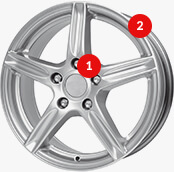

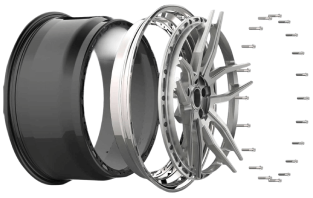
 Modern design
Modern design Perfect fit
Perfect fit High durability
High durability Free shipping within 24 hours
Free shipping within 24 hours
 Individual project
Individual project Dedicated caregiver
Dedicated caregiver
